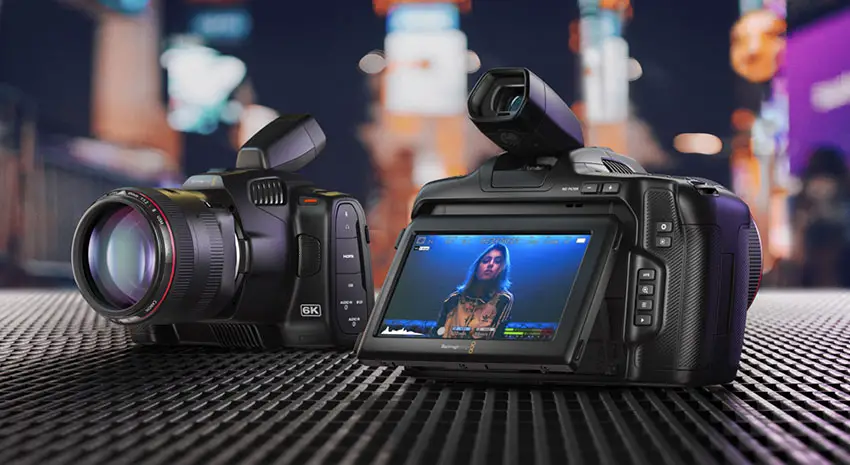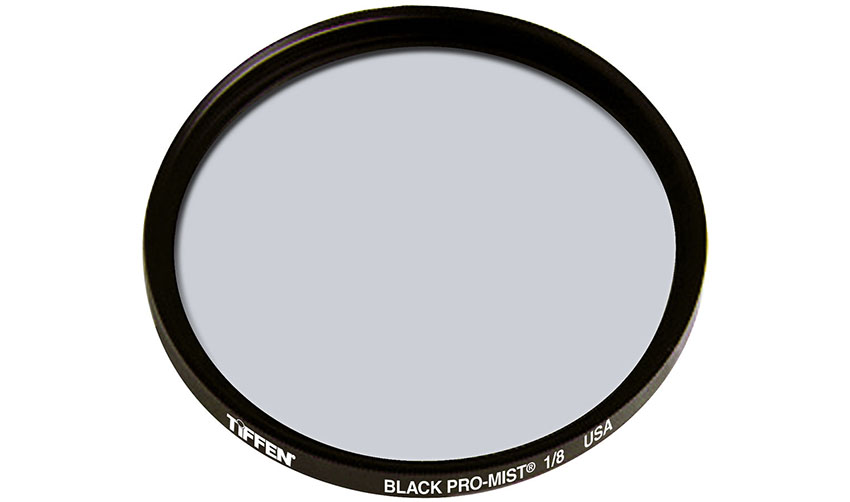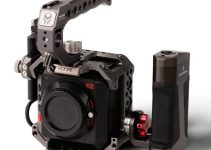Blackmagic dropped its first “Pocket” model back in 2013. It’s been nearly eight years and the improvements have been substantial. This line has done a lot to push the industry forward and bringing advanced features to smaller, lighter, and – most importantly – cheaper cameras. It’s worth a look back and to see how the older versions hold up against the current Pocket Cinema Camera 6K Pro.
Dominic from Gimble Productions has a comparison between the big releases, including the OG Pocket Cam, the still available Pocket 4K, and the just released Pocket 6K Pro – which has the same imaging performance as the standard Pocket 6K. Check out the entire line and see where Blackmagic has made some improvements over the years for both nostalgia and useful knowledge.
Something fairly standard in Blackmagic’s ongoing development of the Pocket line has been ever-increasing resolution and sensor size.
Original Pocket Cinema Camera
- Release Date: 2013
- Super 16 Sensor
- Active MFT Mount
- Full HD Resolution
- 13 Stops Dynamic Range (Native ISO 800)
- Record Raw or ProRes to SD
- Price: $995
Pocket Cinema Camera 4K (B&H, Amazon)
- Release Date: 2018
- 4/3” Sensor
- Active MFT Mount
- DCI 4K Resolution
- 13 Stops Dynamic Range (Dual Native ISO 400/3200)
- Records CinemaDNG, BRAW, or ProRes to USB-C and SD
- Price: $1,295
Pocket Cinema Camera 6K Pro (B&H, Amazon)
- Release Date: 2021
- Super 35 Sensor
- Canon EF Mount
- 6K Resolution
- 13 Stops Dynamic Range (Dual Native ISO 400/3200)
- Records BRAW or ProRes to USB-C and SD
- Price: $2,495

Image Credit: Blackmagic Design
There’s a lot more to this upgrade picture than just the core specs above. The Pocket 4K/6K series looked at the shortcomings of the original Pocket Camera and added things like a larger rear touchscreen, Blackmagic RAW, USB-C output for using portable SSDs, 4K and 6K resolution, and some other quality of life changes.
With the Pocket 6K Pro they took care of common complaints with the even newer 4K/6K models. The key upgrades being a brighter tilting screen at the back, optional EVF, a larger battery, built-in ND filters, and some more.
This video is all about showing how the image quality has changed over the generations. Each camera is set up with the Sigma 18-35mm f/1.8 DC HSM Art Lens for Canon EF. The original Pocket Camera uses a 0.64x Speed Booster along with the lens and the 4K just uses a standard adapter. And, the 6K Pro has a native Canon mount for the lens. On the front is a Tiffen Black Pro-Mist 1/8 Filter.

Image Credit: Tiffen
Let’s take a look.
It’s a lot of footage to comb through, and I recommend taking a deeper look for yourself, but here are my takeaways:
- The original Pocket Camera holds up well today, minus its slightly softer image.
- Color science appears shockingly consistent between the three models. Though the 4K and 6K seem a little more vibrant.
- If you still have an OG Pocket, it has value considering the smaller size, no doubt about that.
It’s cool to see a single company with multiple generations of a product all lined up against each other. And it shows how even a nearly 10-year-old camera can still be a viable filmmaking tool today.
Are you still using an OG Pocket Camera? Or are you itching to get your hands on the new 6K Pro?
[source: Gimble Productions]
Order Links:
- Blackmagic Design Pocket Cinema Camera 4K (B&H, Amazon)
- Blackmagic Design Pocket Cinema Camera 6K (B&H, Amazon)
- Blackmagic Design Pocket Cinema Camera 6K Pro (B&H, Amazon)
- Sigma 18-35mm f/1.8 DC HSM Art Lens for Canon EF (B&H, Amazon)
- Metabones T Speed Booster XL 0.64x Adapter for Canon EF to BMPCC (B&H, Amazon)
- Metabones T Smart Adapter for Canon EF to MFT (B&H, Amazon)
- Tiffen Black Pro-Mist 1/8 Filter (B&H, Amazon)
Disclaimer: As an Amazon Associate partner and participant in B&H and Adorama Affiliate programmes, we earn a small comission from each purchase made through the affiliate links listed above at no additional cost to you.




